Key Considerations When Buying a Handloom Saree
Handloom sarees are more than just garments; they are a symbol of India's rich heritage, artistry, and cultural legacy. These beautiful pieces of fabric embody the traditions passed down through generations, the skillful craftsmanship of artisans, and the deep-rooted connection to the community. When purchasing a handloom saree, it’s essential to consider not just the aesthetic appeal, but also the cultural significance and the impact your purchase has on the weaving community.
In this blog, we'll explore three critical factors to consider when buying a handloom saree: the preservation of culture and traditions, the role of the weaving community, and the authenticity of the craftsmanship. Understanding these aspects will help you make a more informed and meaningful purchase.
1. Preserving Culture and Traditions
Handloom sarees are a testament to India’s diverse cultural tapestry. Each saree tells a story that is deeply intertwined with the traditions and rituals of the region it originates from. Whether it's the intricate weaves of Banarasi sarees from Varanasi, the vibrant hues of Pochampally Ikat from Telangana, or the fine textures of Kanchipuram sarees from Tamil Nadu, every handloom saree reflects the unique cultural identity of its place of origin.
When buying a handloom saree, consider the cultural significance behind the design, colors, and motifs. Many of these elements are inspired by local folklore, religious beliefs, and historical events. For instance, the intricate patterns in a Patola saree are often believed to have protective and auspicious powers, making them a popular choice for weddings and other significant ceremonies. By choosing a saree that resonates with your own cultural or traditional values, you are not only acquiring a piece of art but also supporting the continuation of these age-old practices.
Moreover, wearing a handloom saree is a way to honor and celebrate these traditions in today’s fast-paced, modern world. It allows you to carry a piece of history with you, making a strong statement about the importance of preserving our cultural heritage.
2. Supporting the Weaving Community
Behind every handloom saree lies the hard work and dedication of skilled artisans. These weavers are often part of small, rural communities where handloom weaving is not just a profession but a way of life. However, with the advent of machine-made textiles, many of these communities face challenges in sustaining their livelihoods.
When you choose to buy a handloom saree, you are directly contributing to the welfare of these artisans and their families. It’s important to understand the economic and social impact of your purchase. Supporting handloom weavers ensures that this traditional craft continues to thrive and provides fair wages to those who keep this heritage alive.
Additionally, many handloom clusters are organized as cooperatives or self-help groups, where the profits from the sales are reinvested back into the community. By purchasing from these sources, you are empowering the weavers and helping to create sustainable development within these rural areas. Always look for certifications or endorsements from organizations that work towards the welfare of handloom weavers to ensure your purchase is making a positive impact.
3. Ensuring Authenticity and Quality
In an era of mass production, the authenticity of a handloom saree is a crucial factor to consider. With the increasing popularity of handloom sarees, there has been a surge in counterfeit products that mimic the appearance of handwoven sarees but lack the craftsmanship and quality.
To ensure that you are buying an authentic handloom saree, it’s essential to pay attention to the details. Genuine handloom sarees often have slight imperfections, which are actually a mark of the hand-weaving process. These variations add to the uniqueness and charm of the saree. Look for the Handloom Mark or GI (Geographical Indication) tags that certify the authenticity of the product.
Furthermore, understanding the fabric and weave can also help in identifying an authentic handloom saree. Handloom sarees are usually made from natural fibers such as cotton or silk, and the weaving process results in a texture that is soft, breathable, and comfortable to wear. The time and effort invested in handloom weaving also result in a durability that machine-made sarees often lack.
When purchasing, it’s also advisable to buy from reputable sources, such as government emporiums, certified handloom stores, or directly from the weavers. This not only guarantees the authenticity of your purchase but also ensures that the artisans are fairly compensated for their work.
Conclusion
Buying a handloom saree is not just a fashion choice; it’s a commitment to preserving a rich cultural heritage, supporting a vibrant community of artisans, and ensuring the authenticity of traditional craftsmanship. By considering the cultural significance, the welfare of the weaving community, and the authenticity of the product, you can make a purchase that is not only beautiful but also meaningful.
The next time you shop for a handloom saree, remember that you are investing in a piece of art that carries with it the history, traditions, and soul of the community that created it. Embrace the beauty of handloom sarees with a deep understanding and appreciation for the culture, traditions, and people behind them.

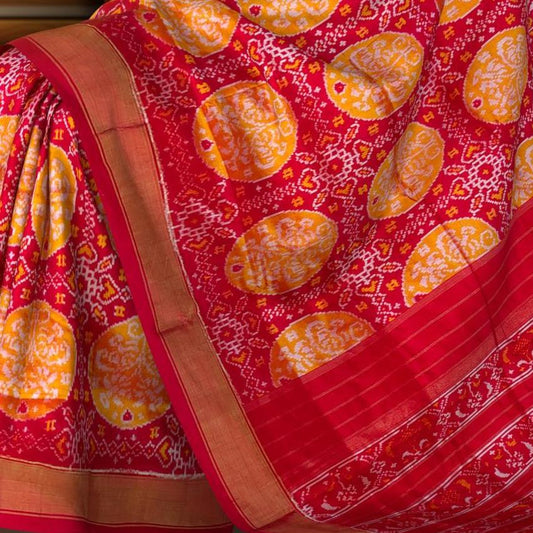
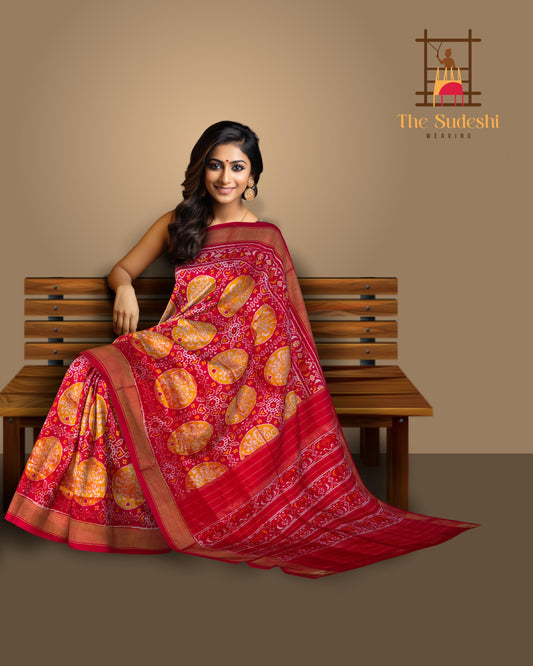
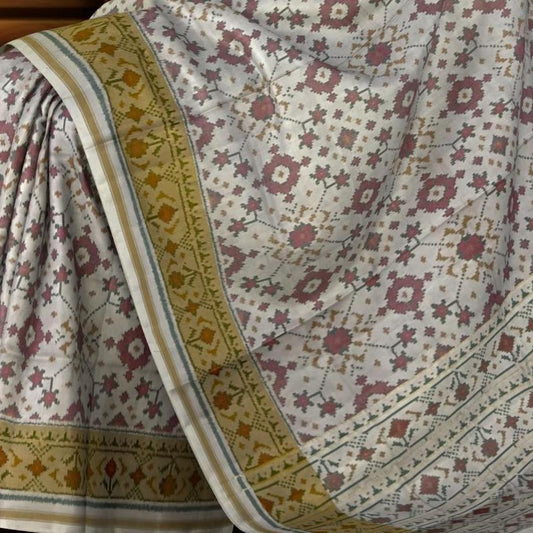
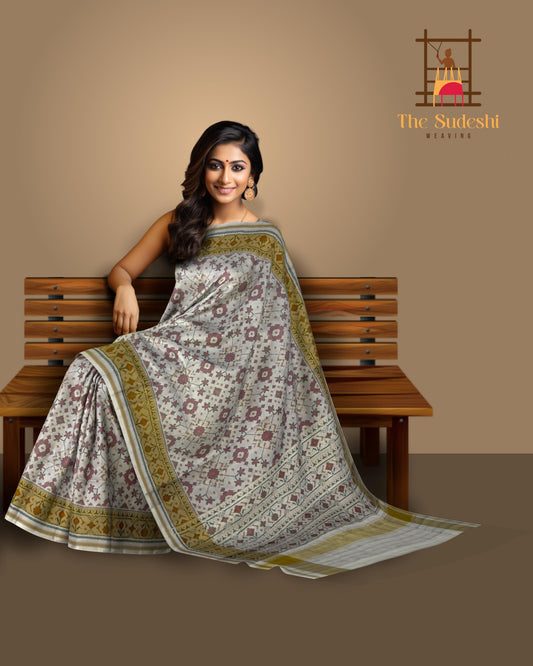
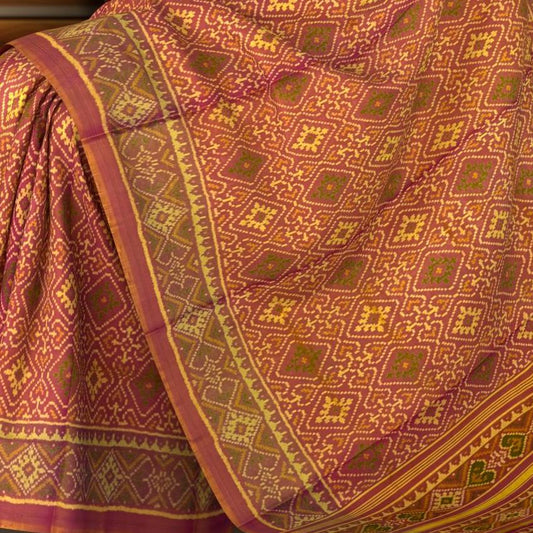
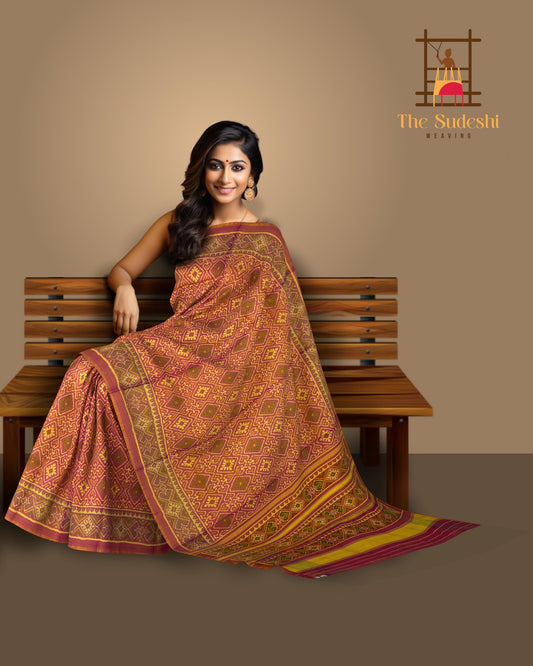
Leave a comment
Please note, comments need to be approved before they are published.